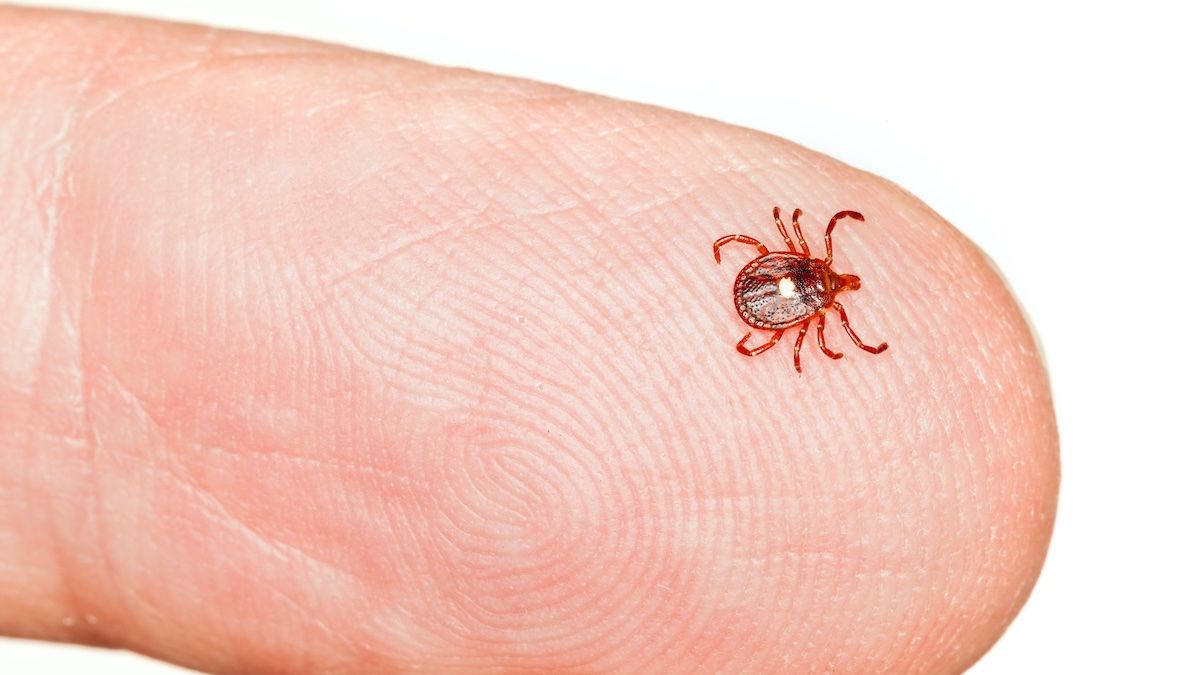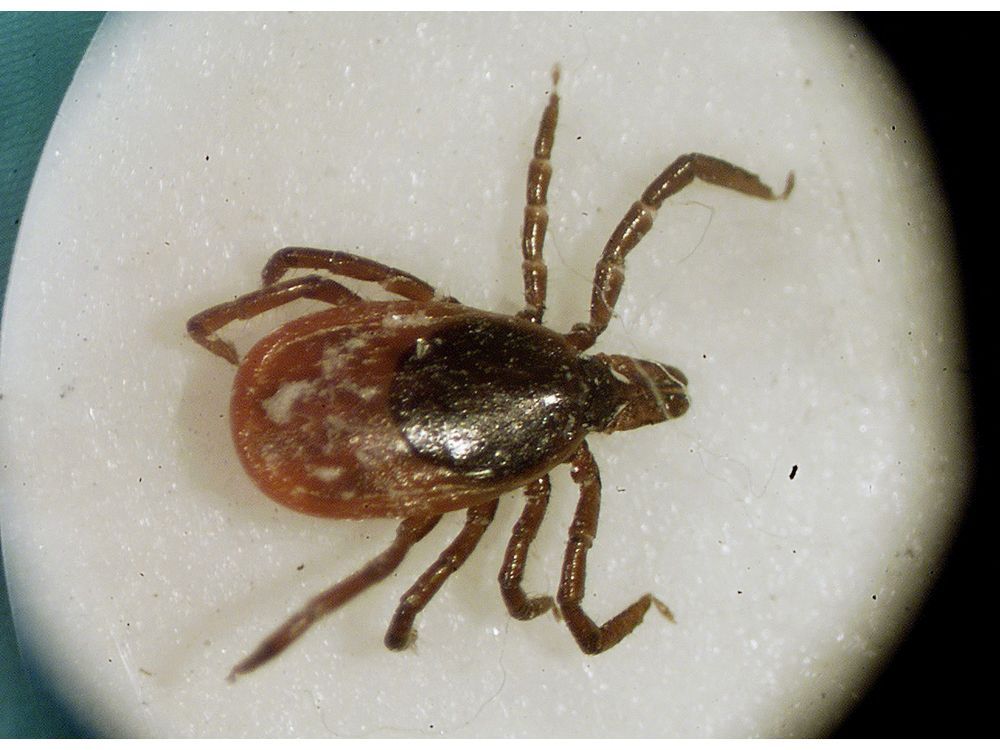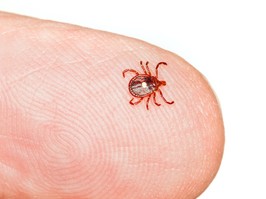while there are roughly 40 species of ticks in canada, only two are at risk of carrying lyme disease: the western black-legged tick, found in british columbia, and the black-legged tick, found throughout canada. while not every black-legged tick will contain lyme disease, the rate of ticks found to be carrying the bacteria can surpass
40 per cent in some areas of the country.
ticks are tiny, with unfed adults
ranging from the size of an apple seed to the eraser on the back of a pencil. at first glance, they may just look like little black seeds on clothing or your furry friend.
protecting yourself from tick bites is the first defence against lyme
ticks can be active whenever the temperature is above freezing, meaning spring, summer and fall — but could potentially also include mild winters. they’re usually found in wooded areas, but may also settle down in piles of wood, under fallen leaves, shrubs and grass.
so, if it’s a nice day and you’ve decided to hit a trail, it’s a good idea to assume you’re at risk of coming into contact with a tick, explains michael heimbach, vice president of business development for abell pest control.
he recommends always wearing long pants and close-toed shoes when out on a nature walk, and tucking your pants into your socks (this has the added benefit of protecting against other not-so-nice experiences like contacting fleas or poison ivy).
 6 minute read
6 minute read






